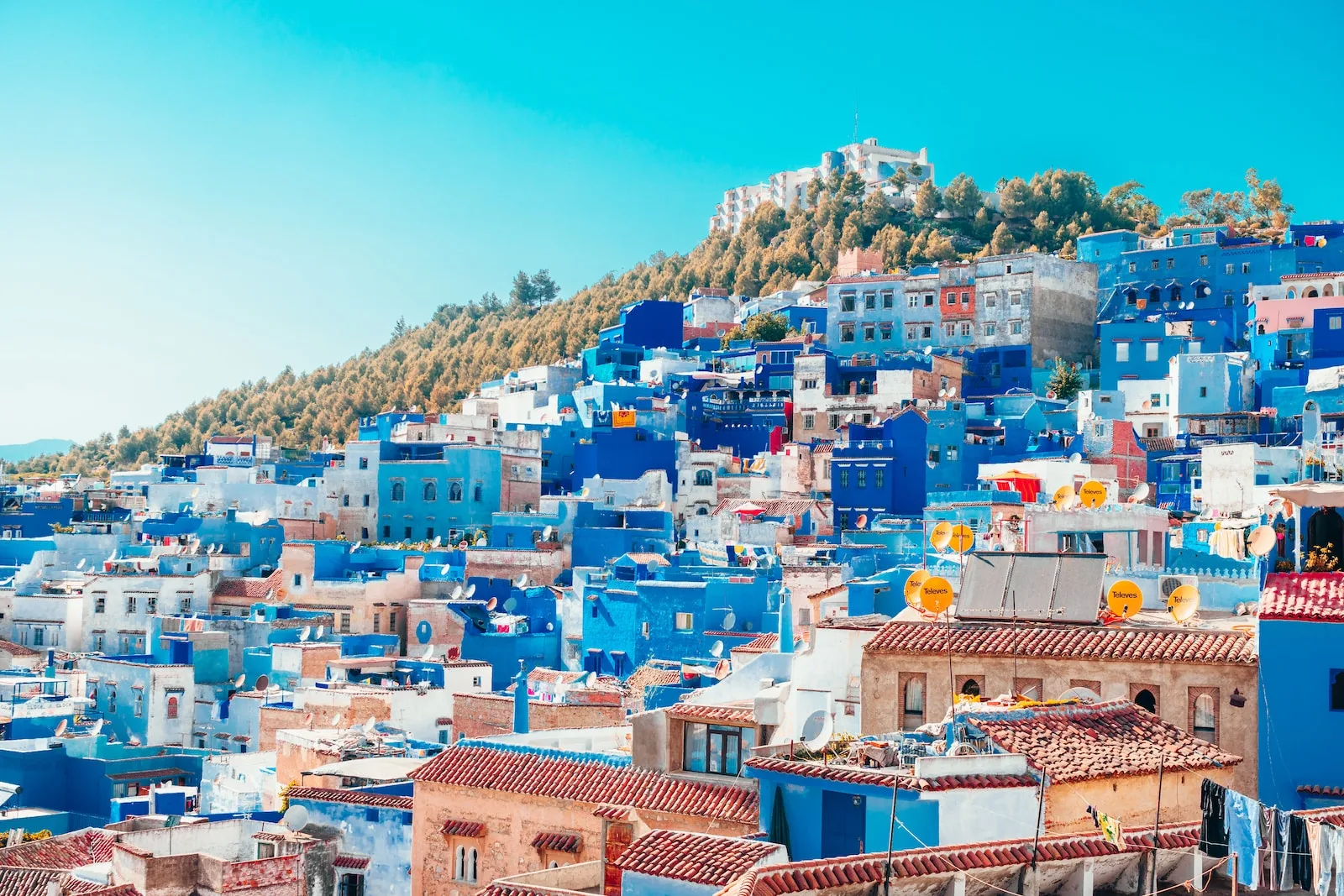Morocco, renowned for its vibrant culture and rich history, boasts a mesmerizing architectural heritage that captivates travelers and enthusiasts alike. From the ornate designs of palaces to the humble elegance of traditional houses, Moroccan architecture stands as a testament to the nation’s artistic prowess and diverse influences.
Table of Contents
1. Introduction to Moroccan Architecture
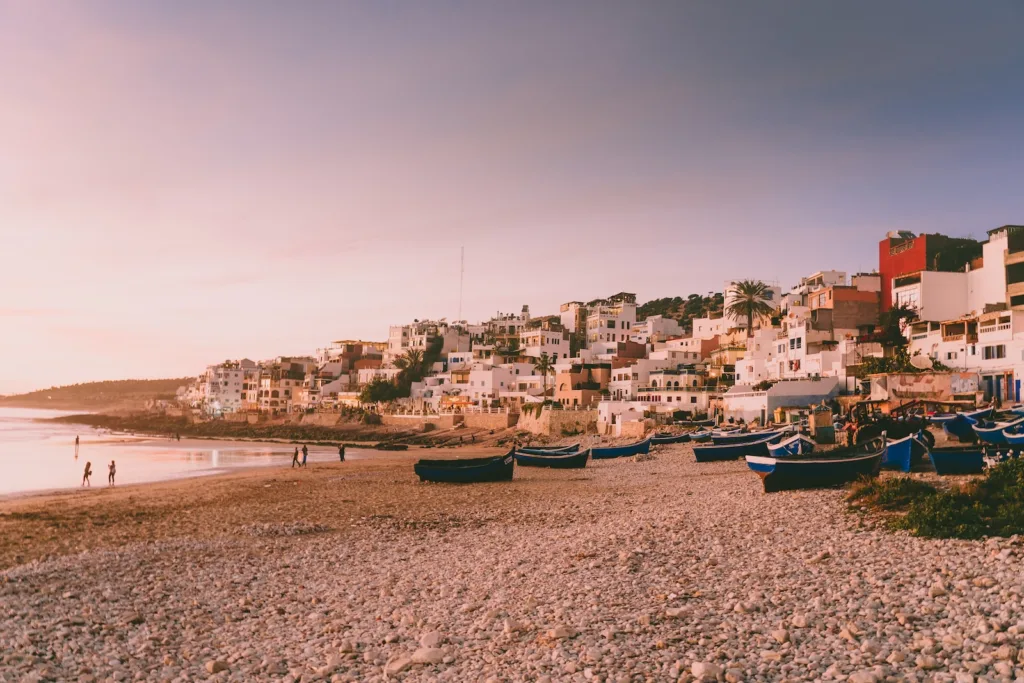
Moroccan architecture, a fusion of diverse cultural influences spanning centuries, reflects the country’s historical narrative and artistic creativity. It serves as a visual chronicle of Morocco’s past, blending elements from various civilizations that have shaped its unique identity.
2. Historical Evolution of Moroccan Architectural Styles
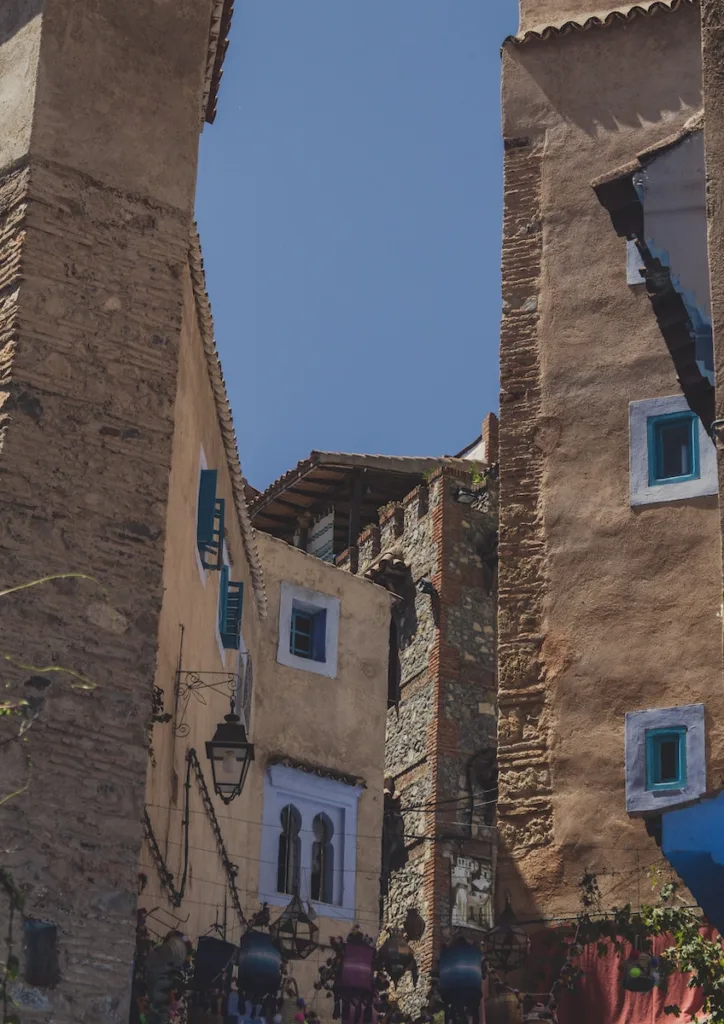
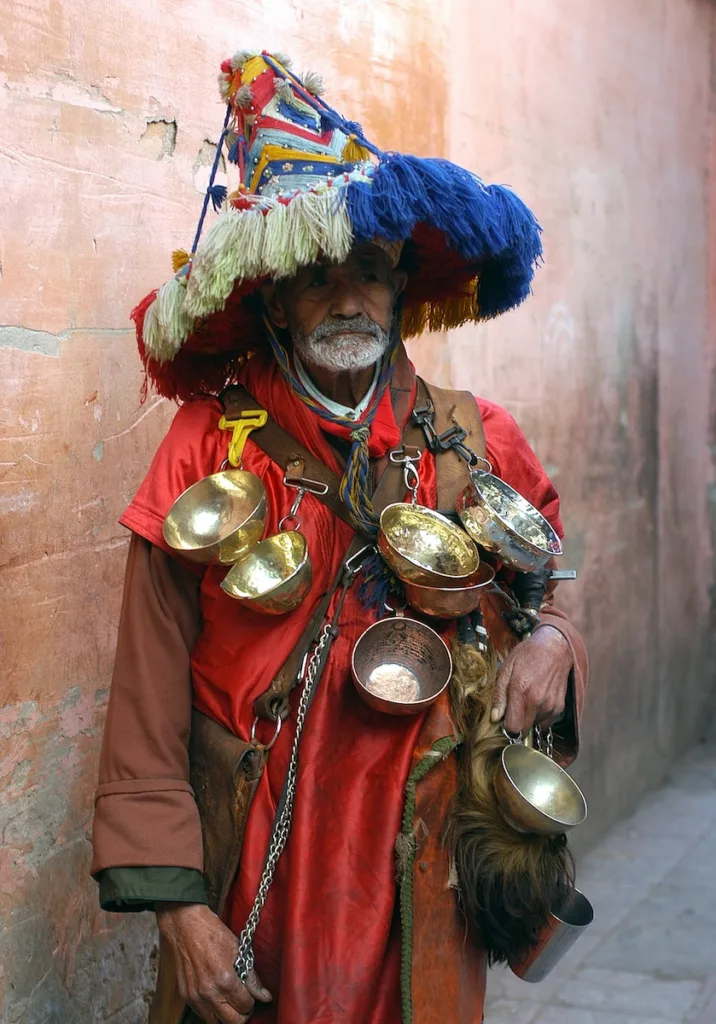
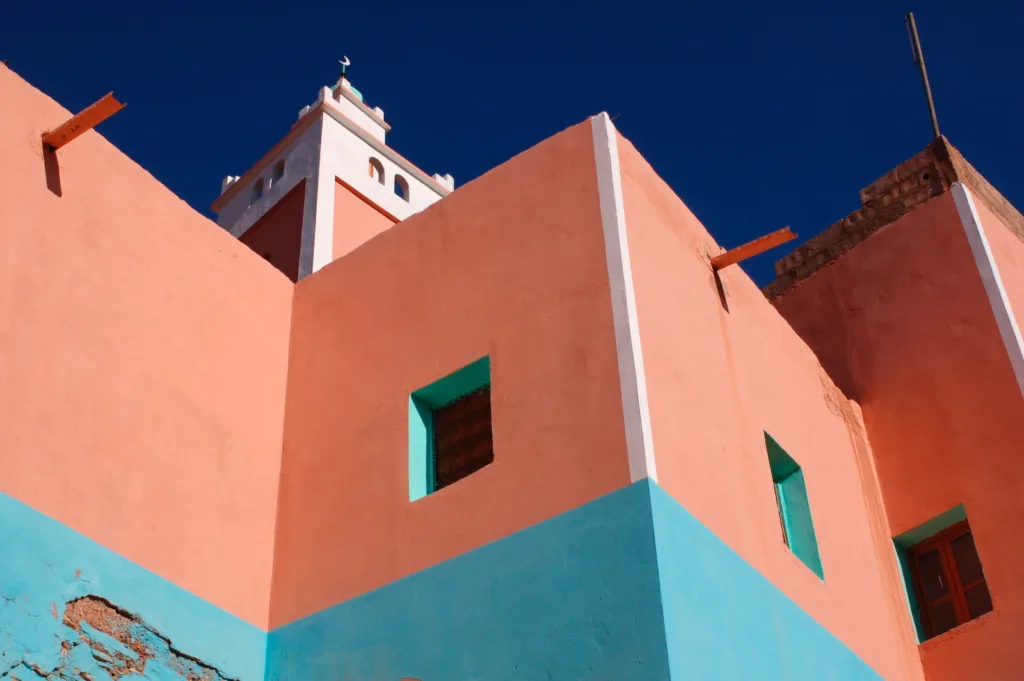
The architectural landscape of Morocco has evolved over centuries, influenced by Phoenicians, Romans, Arabs, and Berbers. Notable periods such as the Berber dynasties, Islamic rule, and European colonization have left indelible marks on the architectural fabric of the country.
3. Distinctive Features of Moroccan Architecture
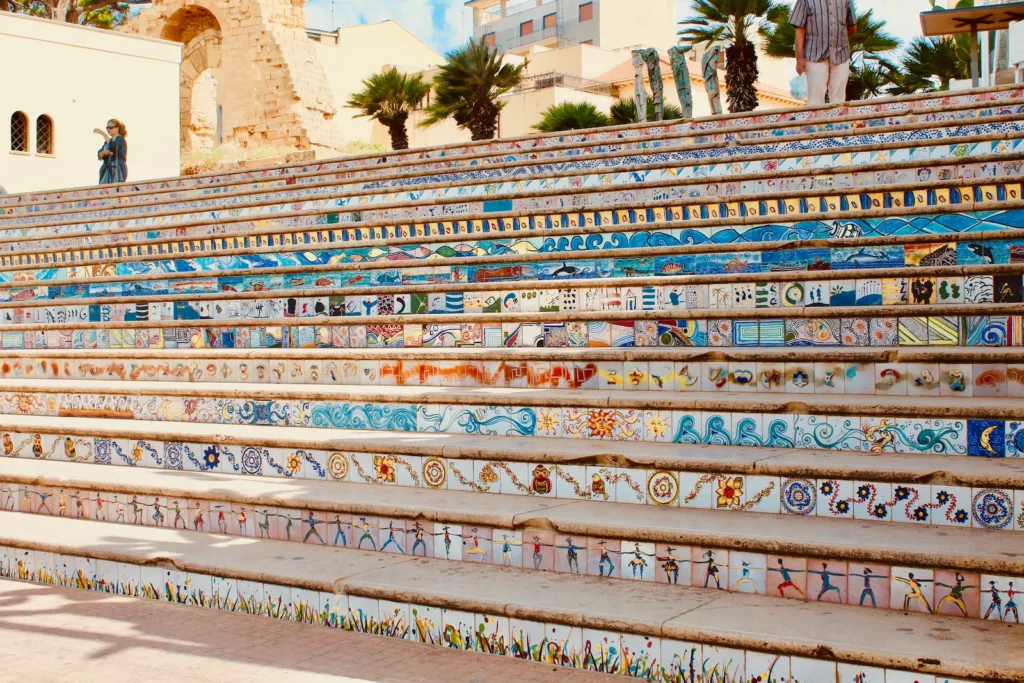
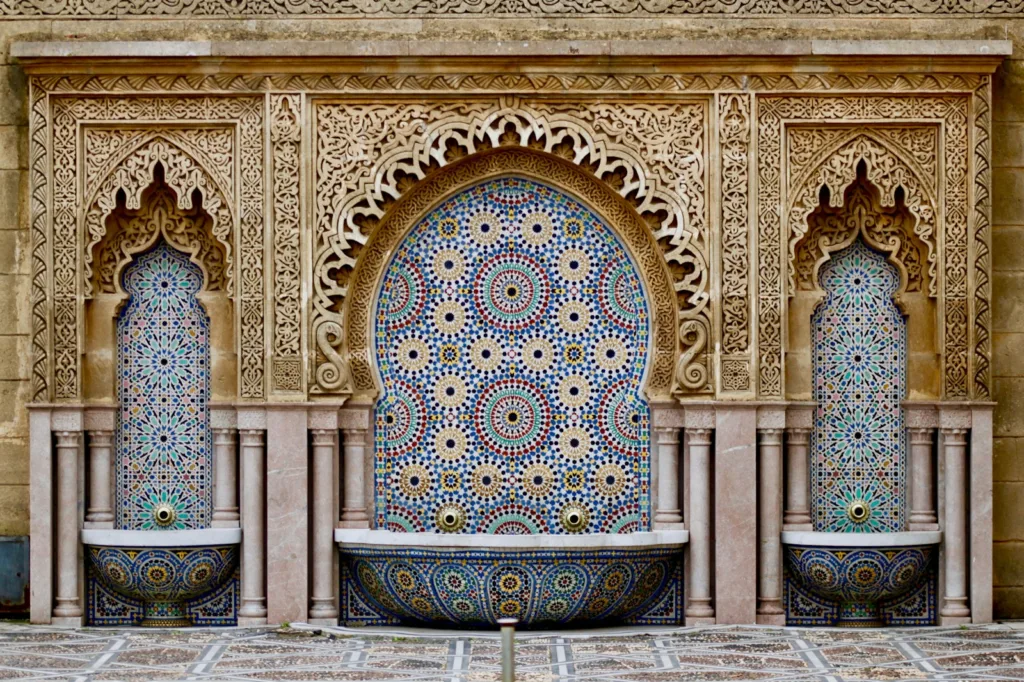
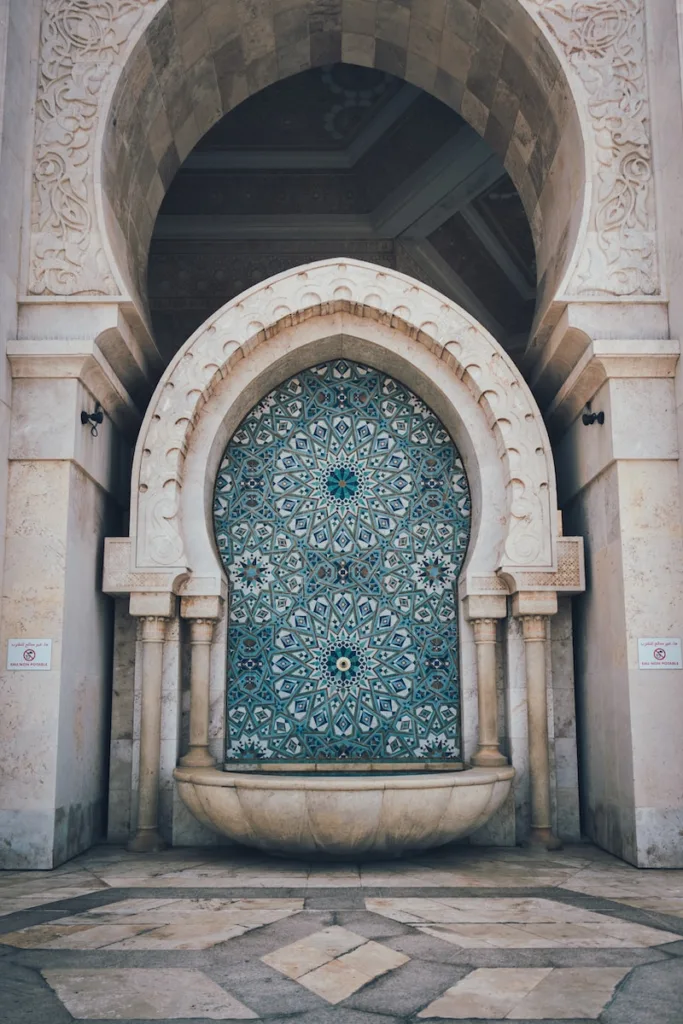
One of the hallmarks of Moroccan architecture is the intricate mosaic tilework known as Zellige, adorning walls, ceilings, and floors with vibrant geometric patterns. Additionally, the traditional courtyard houses called Riads, characterized by their inward-facing layout, offer a serene oasis within bustling cities.
4. Traditional Materials and Construction Techniques
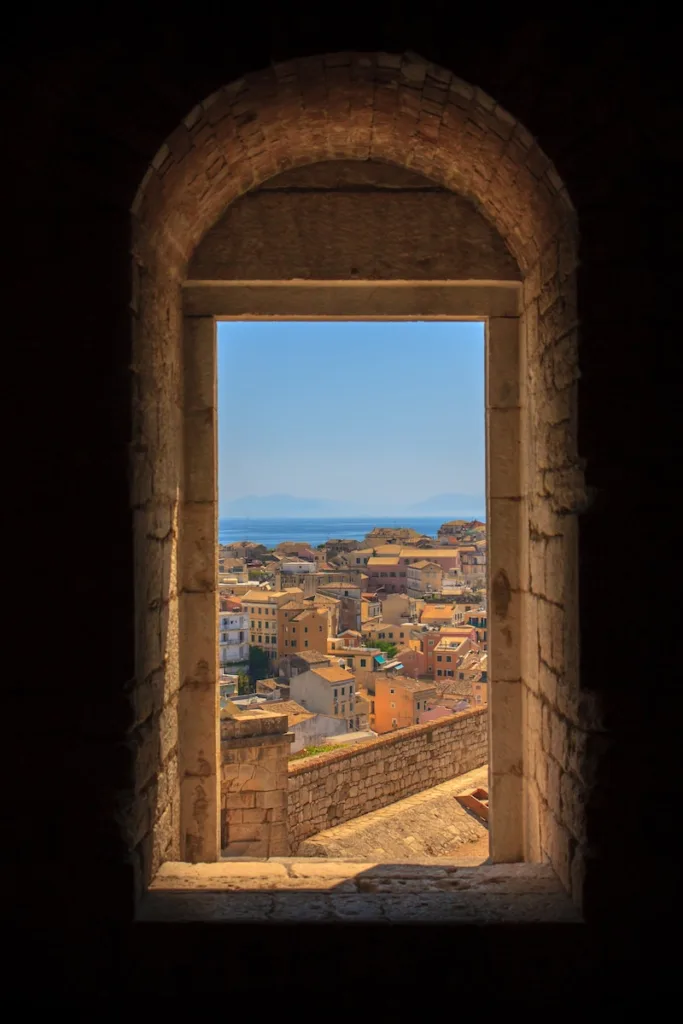
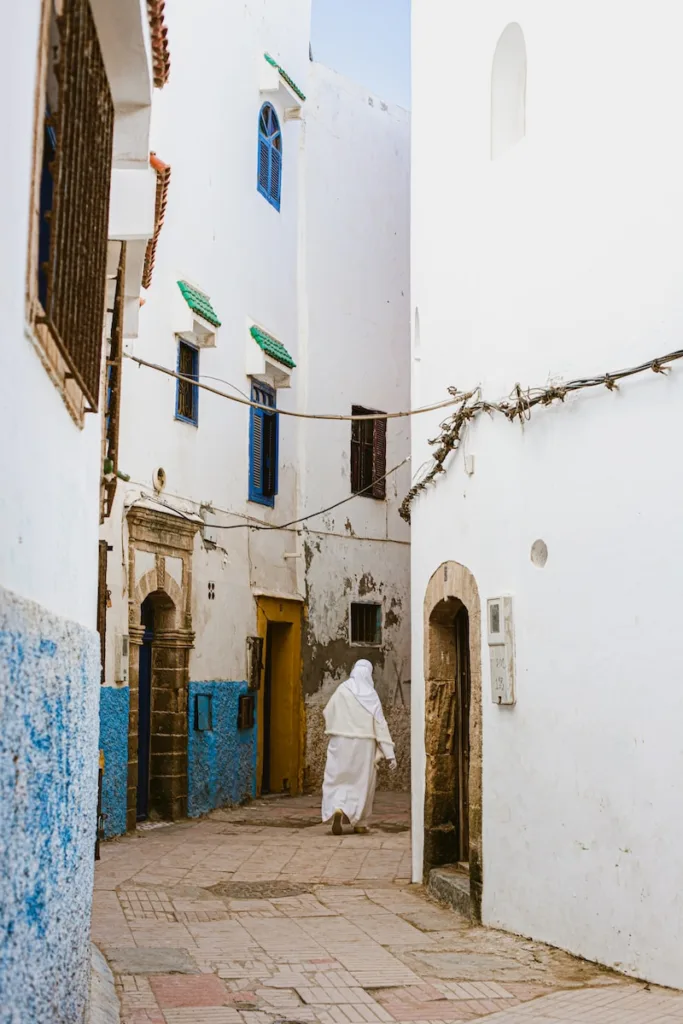
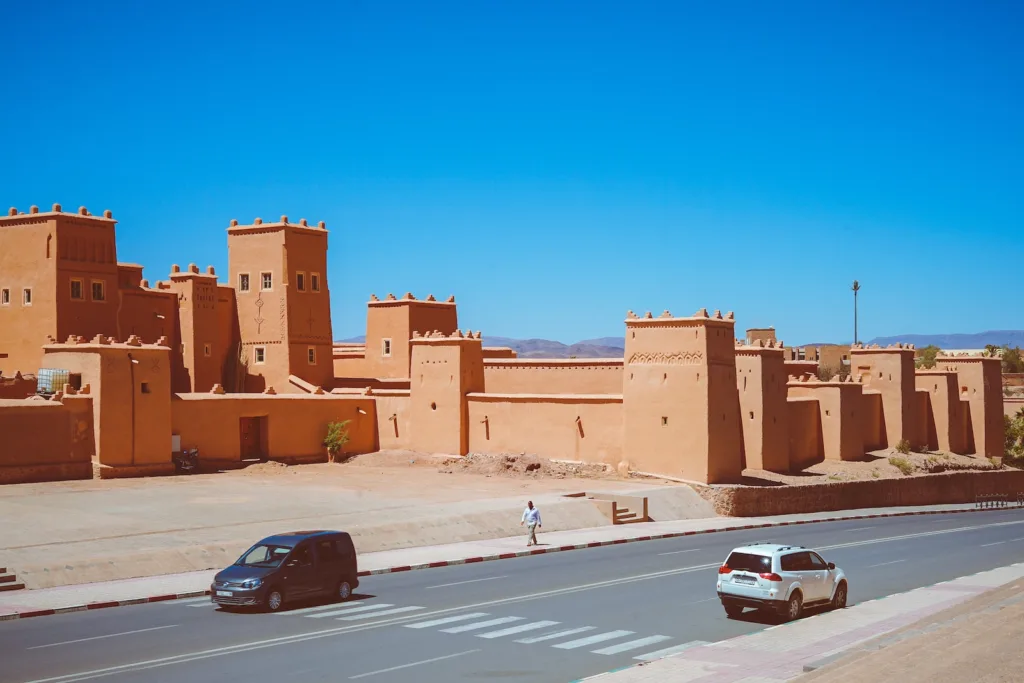
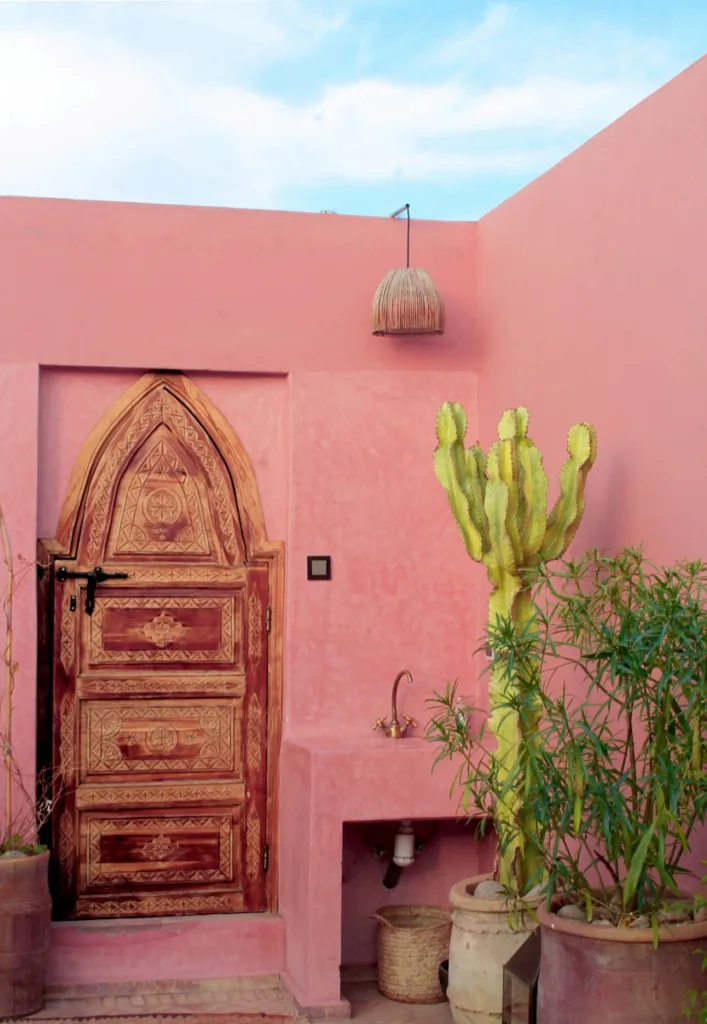
Moroccan architects and artisans employ indigenous materials like clay, stone, and wood, showcasing exceptional craftsmanship and time-honored construction methods passed down through generations.
5. Regional Diversity in Moroccan Architecture
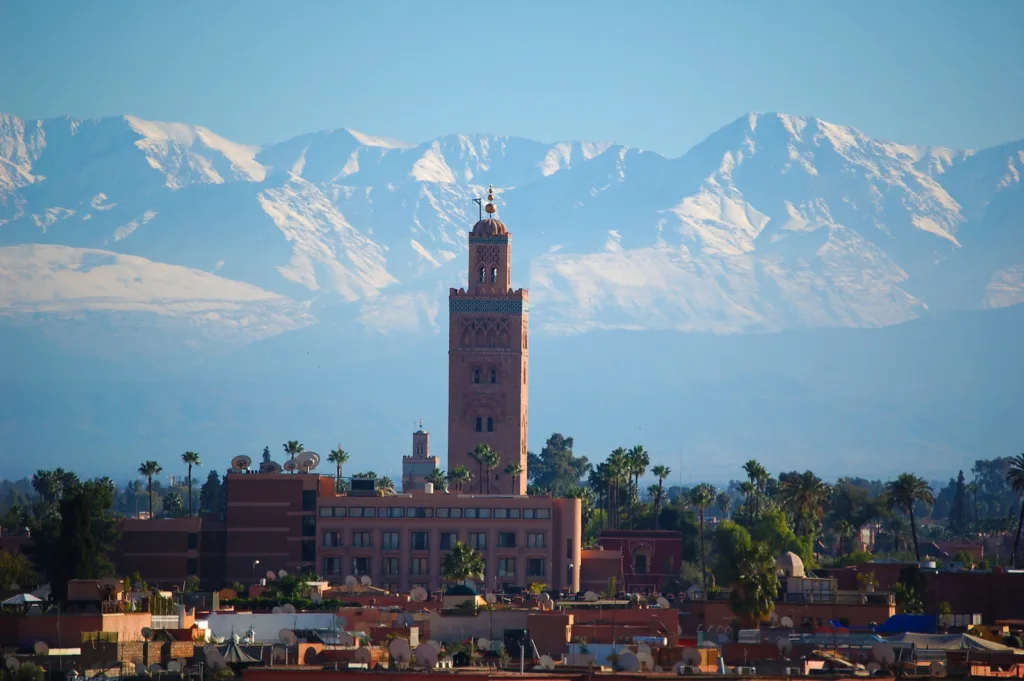
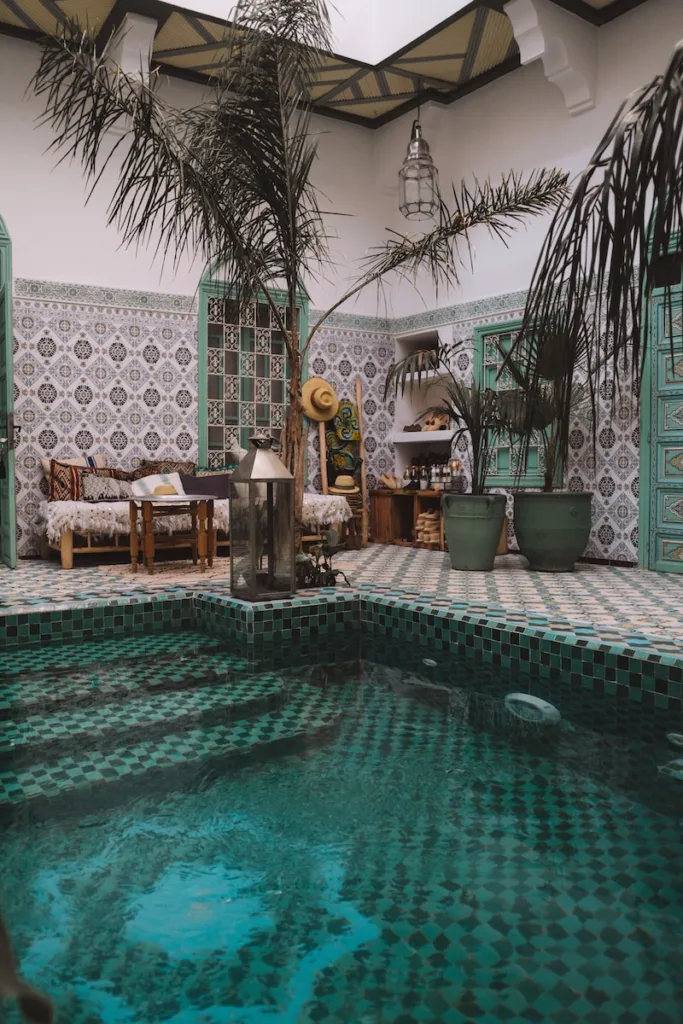
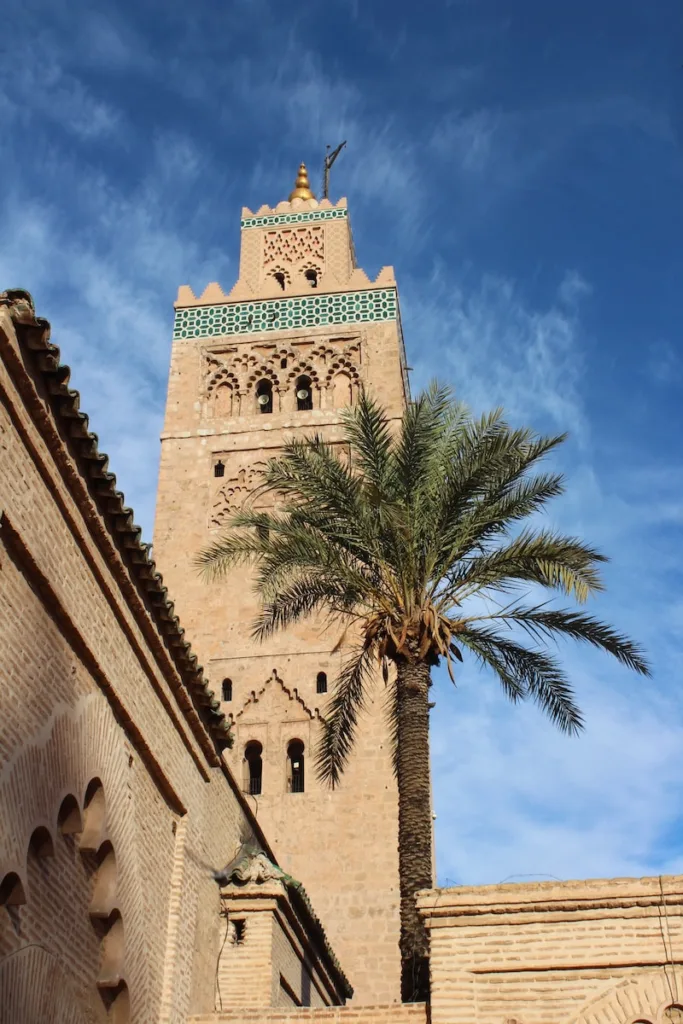
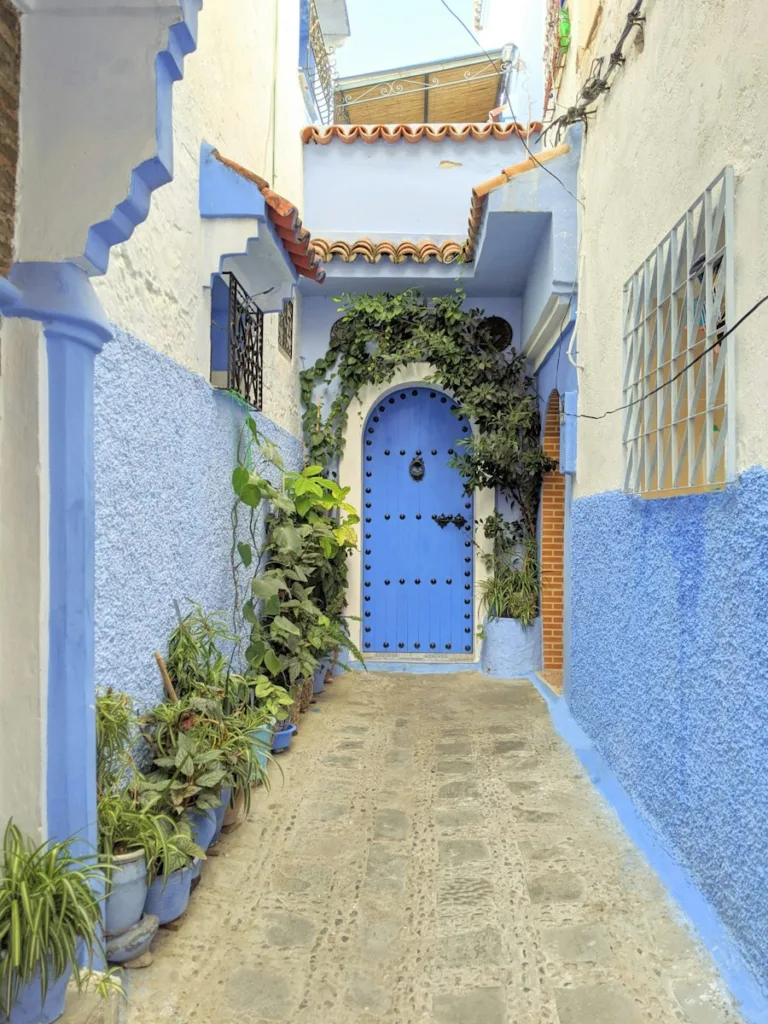
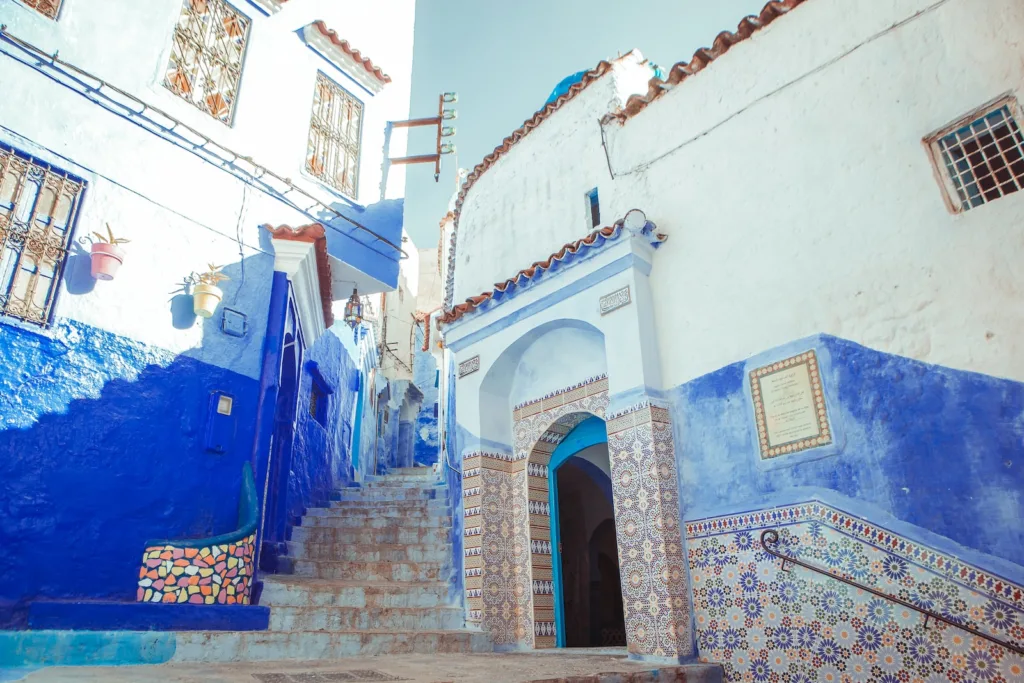
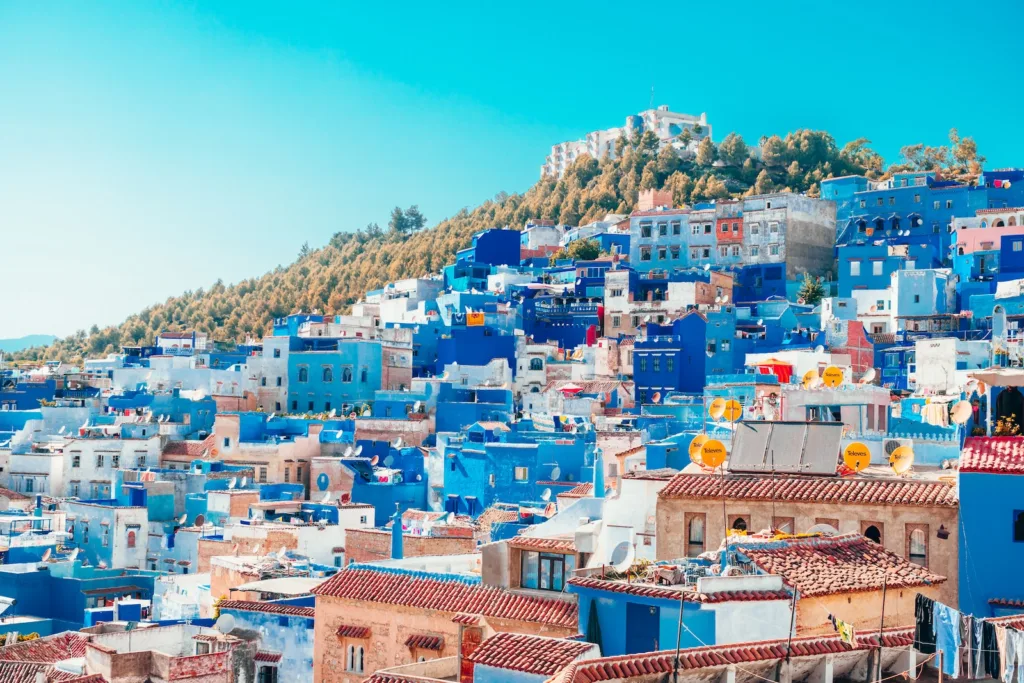
The architectural styles in Morocco vary across regions, each boasting its unique charm. From the majestic palaces of Marrakech to the blue-hued alleys of Chefchaouen, the diversity of architectural expression fascinates visitors.
6. Islamic Influence on Moroccan Architecture
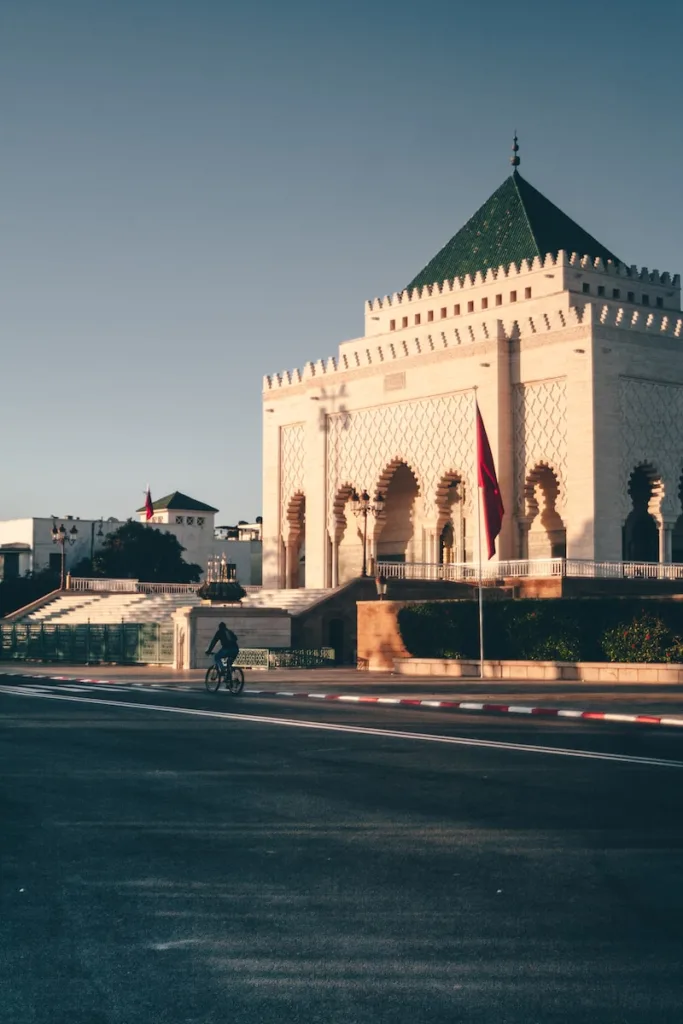
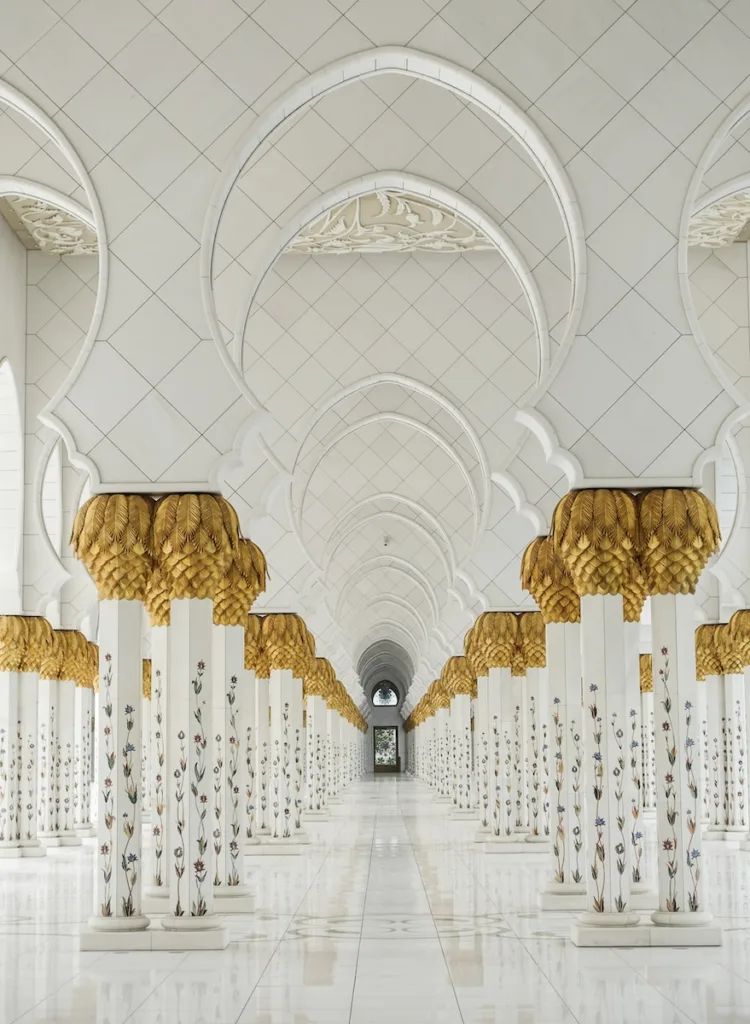
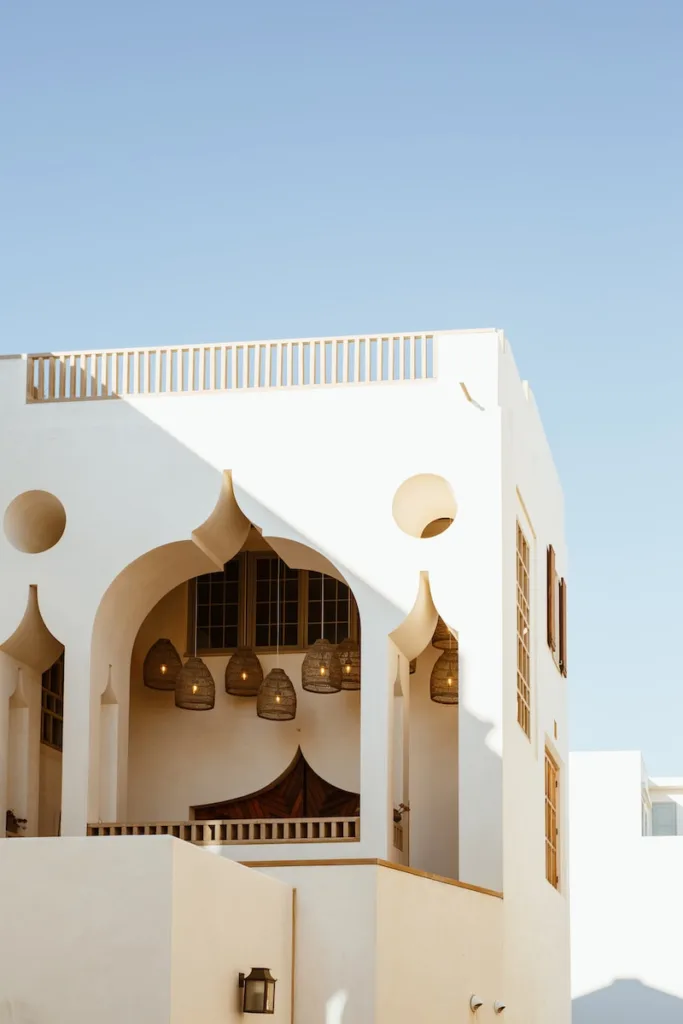
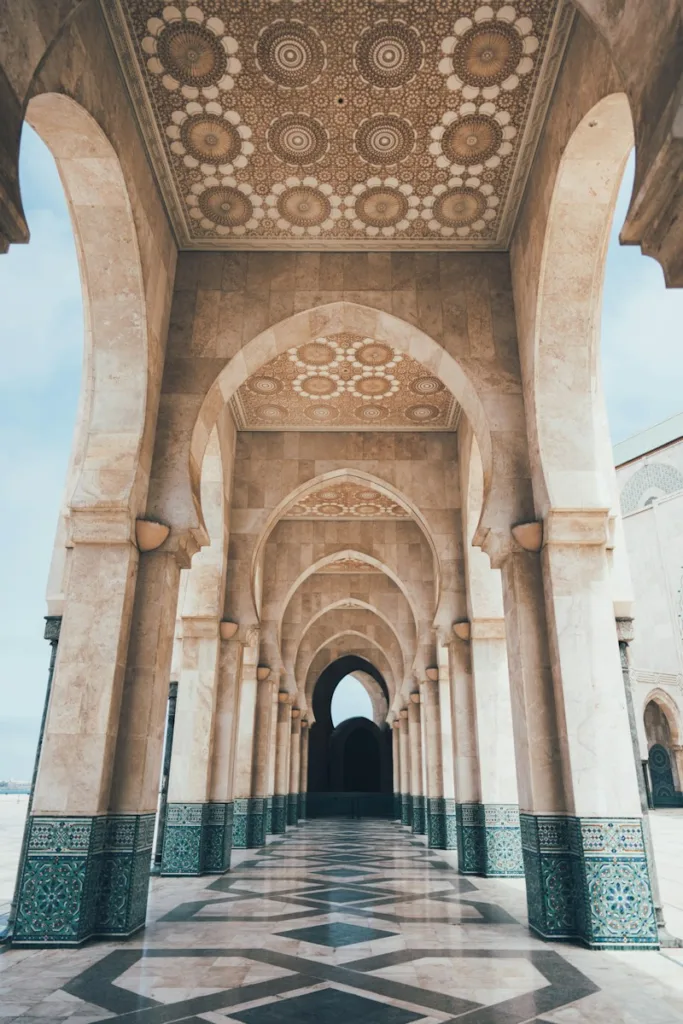
Islamic art and architecture heavily influence Moroccan designs, evident in the ornate patterns, calligraphy, and the use of geometric shapes reflecting spiritual symbolism.
7. Modern Influences and Contemporary Trends
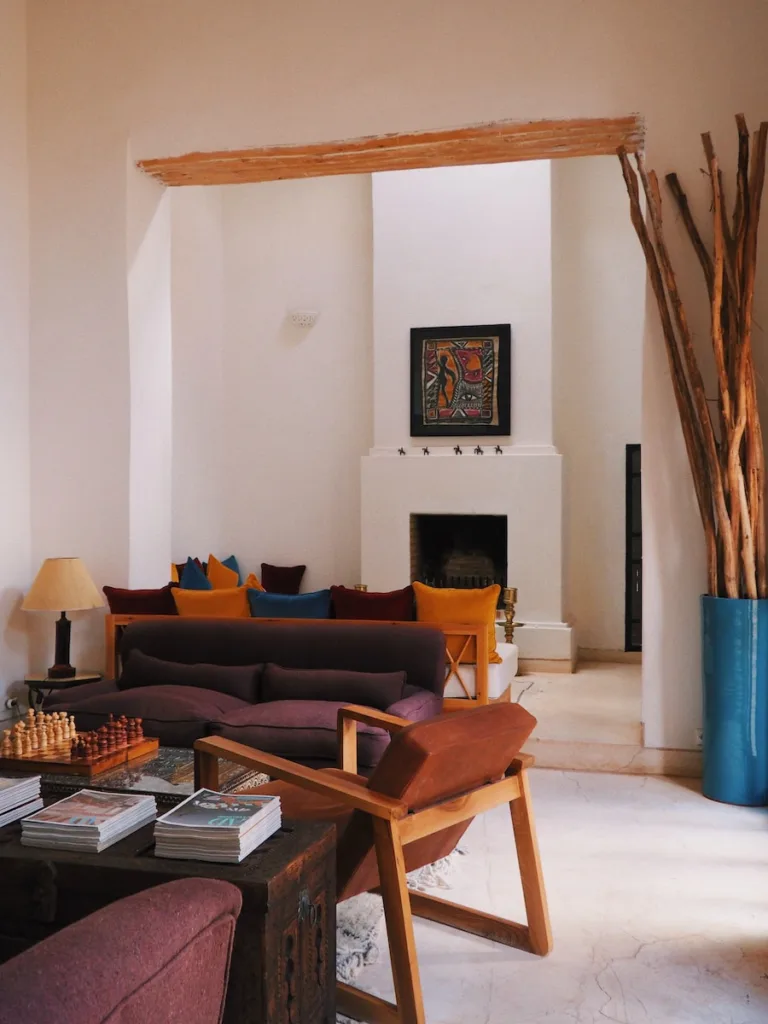
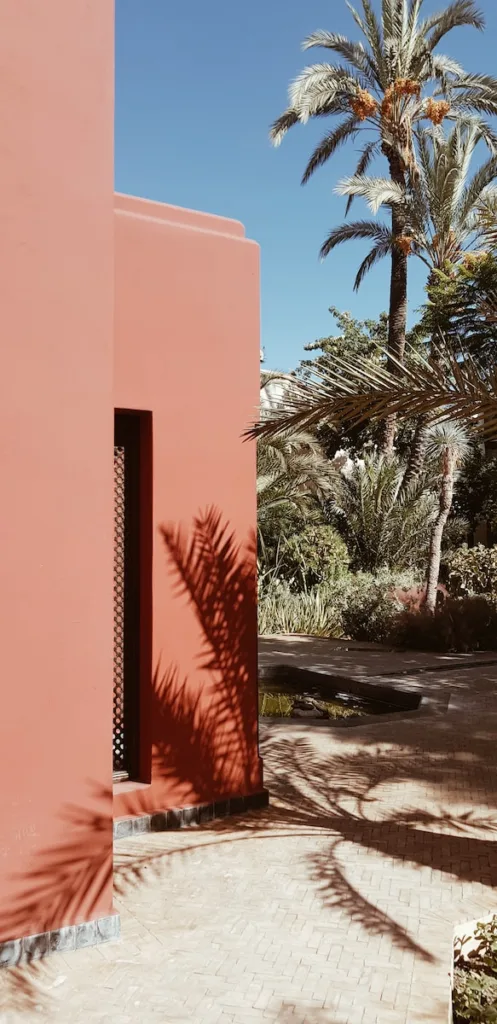
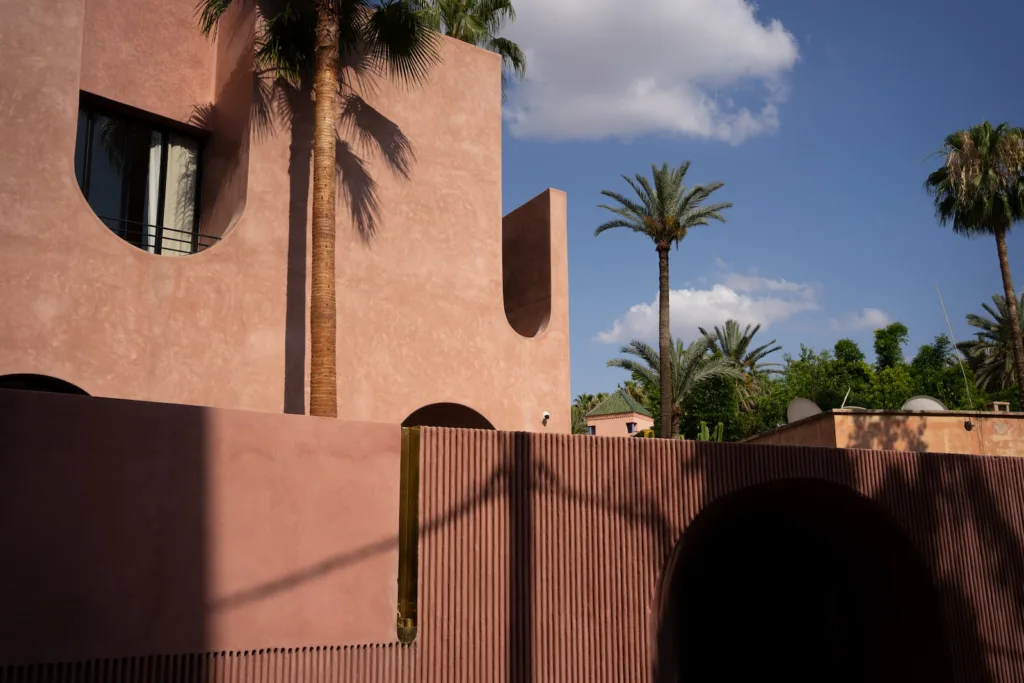
In recent times, architects in Morocco have innovatively merged traditional designs with modern concepts, fostering sustainable architectural practices and creating a harmonious blend of old and new.
8. Preservation Efforts and UNESCO World Heritage Sites
Recognizing the significance of preserving its architectural heritage, Morocco has several UNESCO World Heritage Sites, underscoring the importance of safeguarding these treasures for future generations.
9. Impact of Moroccan Architecture on Culture and Tourism
The architectural marvels of Morocco not only serve as cultural symbols but also play a pivotal role in attracting tourists, offering them an immersive experience into the country’s rich heritage.
10. Architectural Inspiration from Moroccan Designs
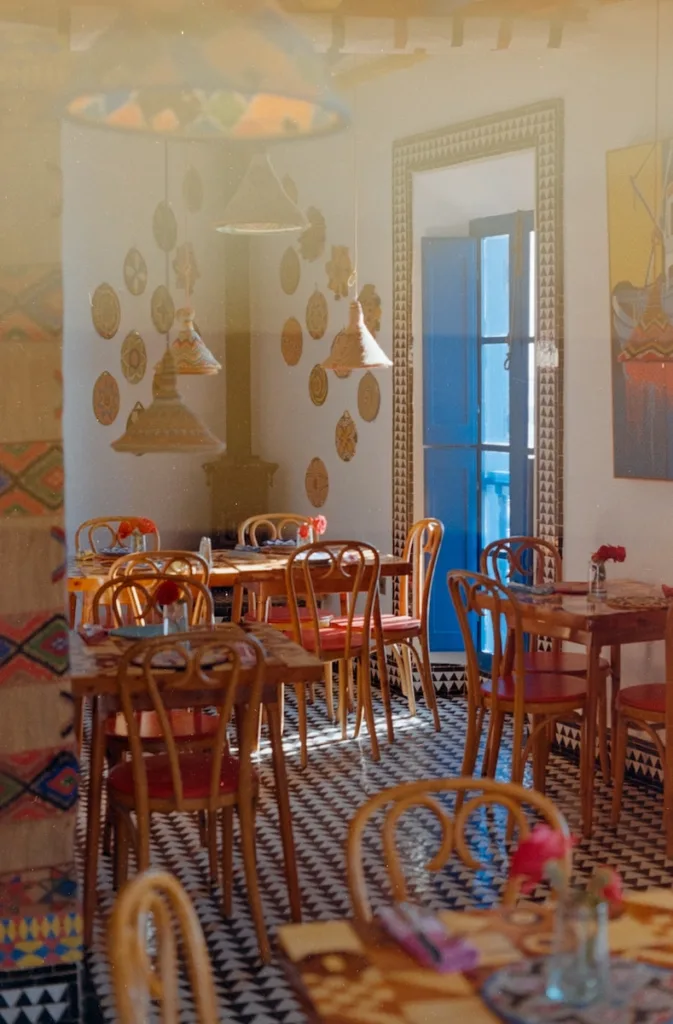
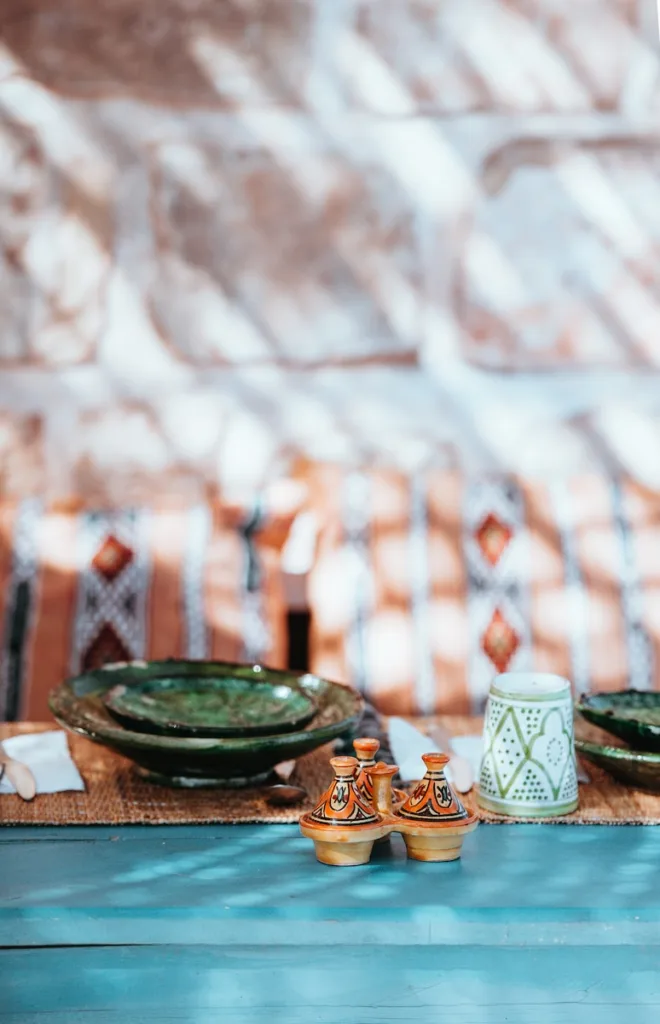
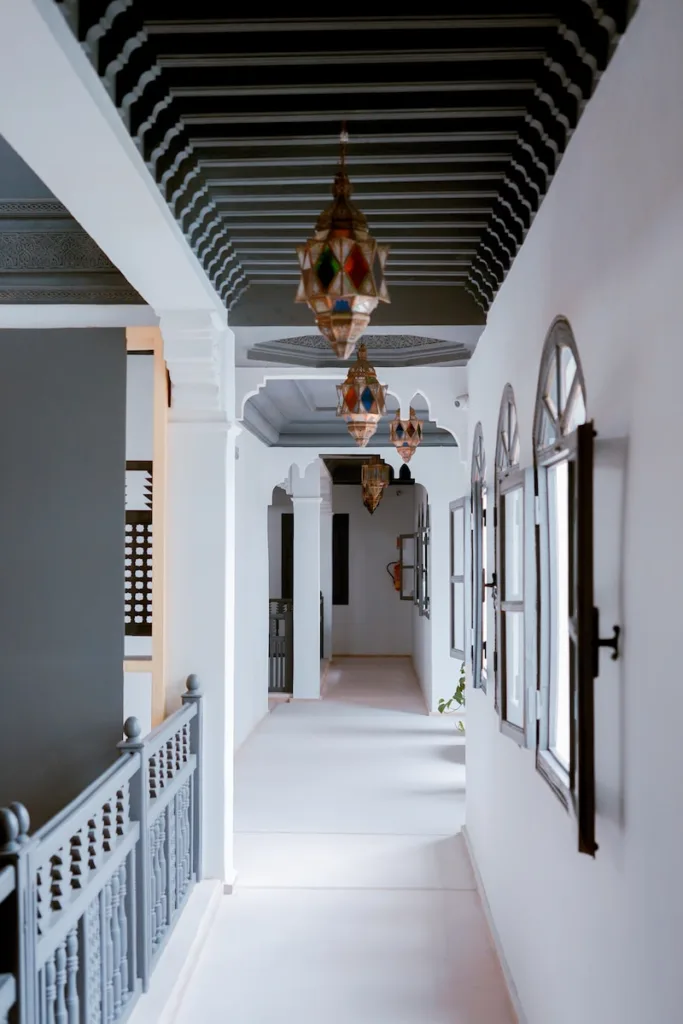
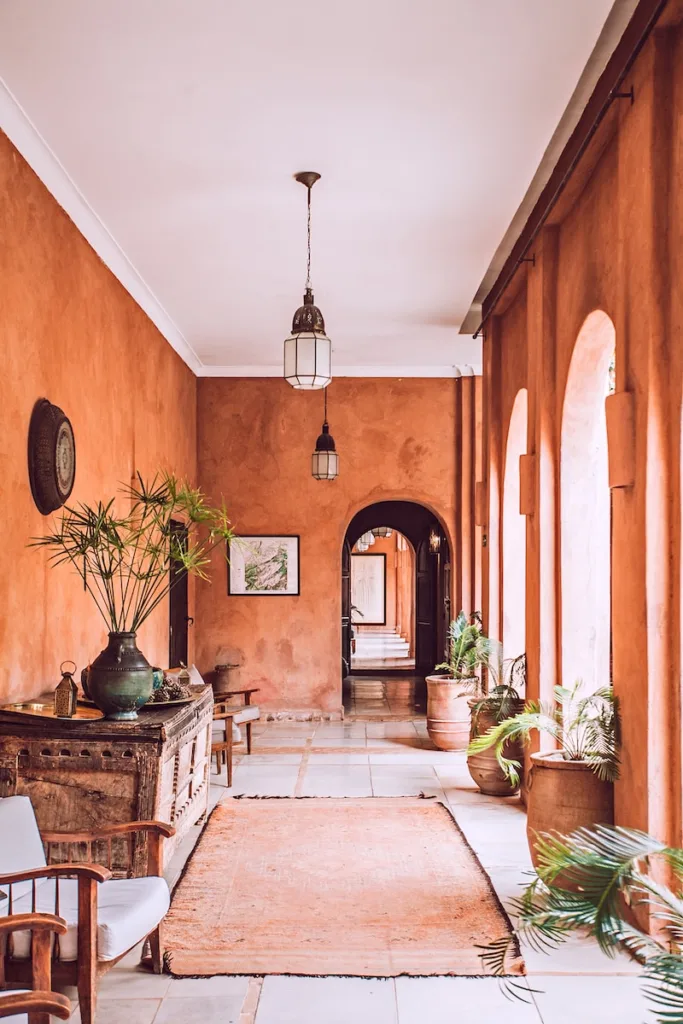

The allure of Moroccan architecture transcends borders, influencing architectural trends globally, with designers drawing inspiration from its intricate patterns and cultural motifs.
11. Challenges in Preserving Traditional Architecture
Despite ongoing conservation efforts, heritage buildings face threats from urbanization, climate change, and insufficient funding, necessitating sustained preservation initiatives.
12. Future Prospects of Moroccan Architecture
As Morocco strides towards modernity, the preservation of its architectural legacy remains pivotal, encouraging innovative approaches to sustain and promote cultural heritage.
13. Conclusion
Moroccan architecture stands as a testament to the country’s rich history, cultural diversity, and artistic finesse. Its unique blend of tradition and innovation continues to captivate and inspire admirers worldwide.
Frequently Asked Questions (FAQs)
- Q: What makes Moroccan architecture unique? A: Moroccan architecture stands out for its intricate tile work (Zellige), Riads, and a fusion of diverse cultural influences.
- Q: How has Moroccan architecture influenced global design trends? A: The distinct motifs and designs of Moroccan architecture have inspired architects worldwide, influencing modern design trends.
- Q: Are there challenges in preserving Moroccan architectural heritage? A: Yes, challenges include urbanization, lack of funds, and the effects of climate change on heritage buildings.
- Q: What role does Moroccan architecture play in tourism? A: Moroccan architectural marvels serve as key attractions for tourists, offering an immersive cultural experience.
- Q: What are the future prospects for Moroccan architecture? A: The future of Moroccan architecture lies in innovative preservation methods and sustainable design approaches.
